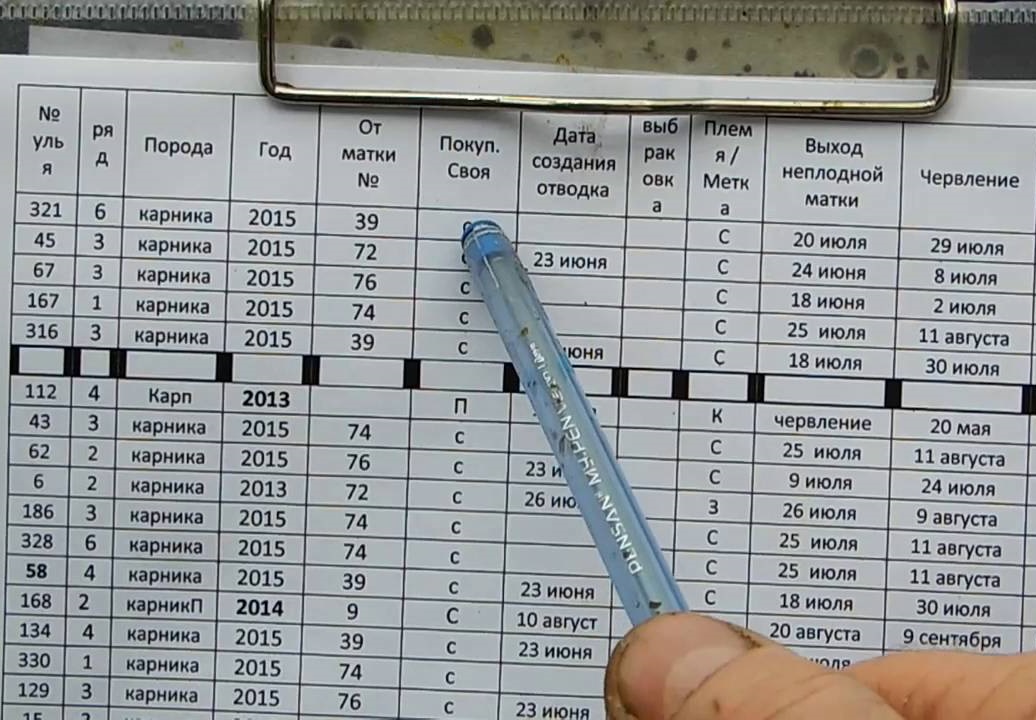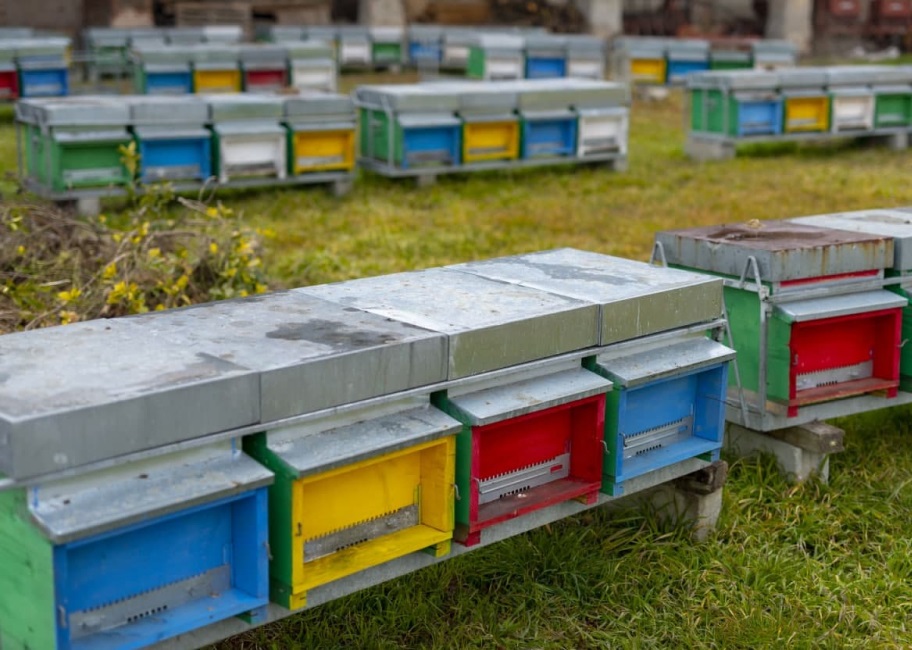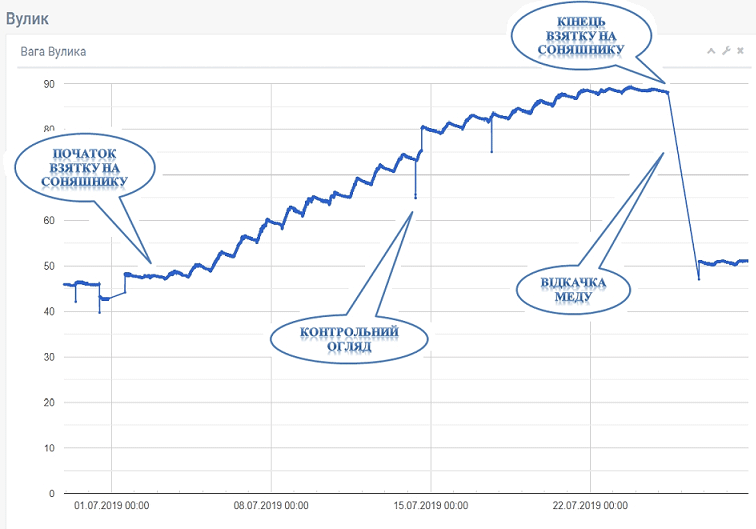How to keep a beekeeper's journal: Recommendations and examples

Introduction
Keeping a beekeeper's journal is an important part of apiary management. It helps to monitor the condition of bee colonies, plan work in the apiary and quickly respond to problems. In this article we will look at how to keep a log for each hive, what data to include, and provide examples of filling it out.
Why do you need a beekeeper's journal?
Bee health monitoring
Regular recordings help track changes in the condition of bee colonies and identify diseases at an early stage.
Work planning
The journal allows you to plan work at the apiary, including inspections, feeding, treatment and pumping out honey.
Productivity analysis
Records of honey flow and bee activity help evaluate hive productivity and plan apiary expansion.
Accounting for expenses and income
The journal helps keep track of expenses for maintaining an apiary and income from the sale of honey and other beekeeping products.


What data should be included in a beekeeper's journal?
1. General information about the hive
- Hive number
- Type of hive (for example, dadan, bed)
- Breed of bees
2. Information about the bee colony
- Family strength (number of frames with brood and bees)
- Condition of the uterus (age, productivity, replacement)
- Presence and condition of brood (open, sealed)
3. Hive inspection notes
- Date of inspection
- Purpose of the examination (general examination, checking the condition of the uterus, preparing for honey collection, etc.)
- Condition of the hive (cleanliness, condition of frames, presence of pests)
4. Records of work and manipulations
- Feeding (date, type and amount of feeding)
- Treatment (date, drugs used)
- Expansion or contraction of the nest
- Transplanting a family to a new hive
- Replacing or adding frames
5. Records of honey collection
- Date of honey pumping
- Amount of honey pumped out
- Honey quality (humidity, aroma)
6. Weather records
- Air temperature
- Humidity
- Precipitation
Examples of filling out a beekeeper's journal
Example 1: General information about the hive
| Date | Hive number | Hive type | Bee breed |
| 01.05.2024 | 1 | Dadan | Karnika |
Example 2: Information about the bee colony
| Date | Hive number | Colony strength | Queen condition | Brood availability |
| 01.05.2024 | 1 | 8 frames | Young, active | Open and sealed |
Example 3: Hive inspection records
| Date | Hive number | Purpose of inspection | Hive condition |
| 05/01/2024 | 1 | General inspection | Clean, all frames are in order |
| 05/15/2024 | 1 | Checking the brood | Frames with brood in good condition |
Example 4: Records of work and manipulations
| Date | Hive number | Action | Description |
| 01.05.2024 | 1 | Feeding | Sugar syrup, 1 liter |
| 10.05.2024 | 1 | Treatment | Treatment for varroa mite, Apistan |
| 05/20/2024 | 1 | Adding frames | 2 new frames with foundation |
Example 5: Records of honey collection
| Date | Hive number | Amount of honey | Honey quality |
| 06/25/2024 | 1 | 15 kg | High |
Example 6: Weather records
| Date | Hive number | Temperature | Humidity | Precipitation |
| 01.05.2024 | 1 | 20°C | 60% | No precipitation |
| 15.05.2024 | 1 | 18°C | 65% | Light rain |

Conclusion
Keeping a beekeeper's journal helps to systematize data on the condition of bee colonies, plan work in the apiary and increase productivity. Regular and detailed records allow you to quickly respond to changes and maintain bee health. Start keeping a journal today and you will notice how your apiary management will improve.